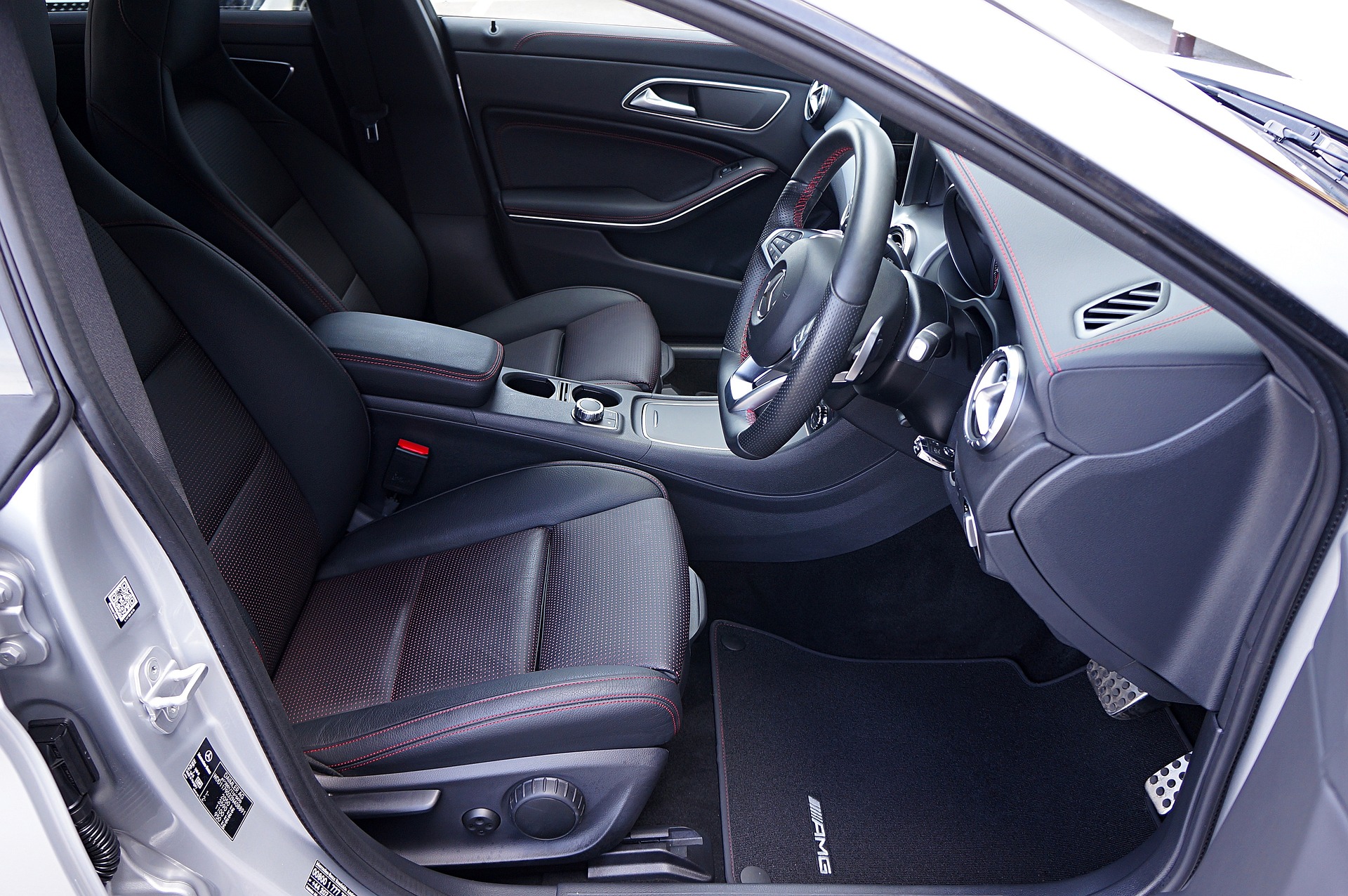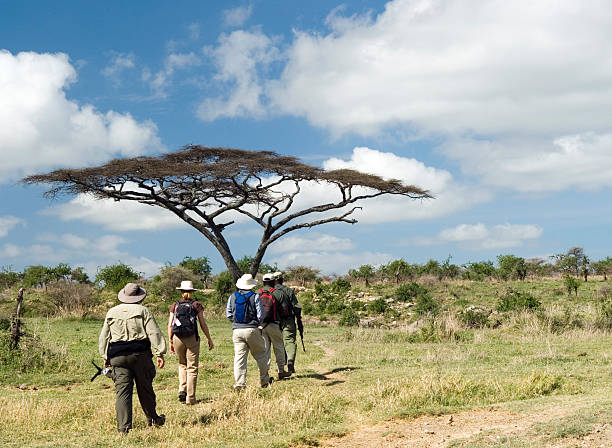"The Art of Overlanding: An Excursion into the Heart of Automotive Adventure"
Introduction: Imagine a journey where the destination is not a place, but the journey itself. A voyage that tests the limits of your vehicle and your driving skills, offering an unparalleled sense of freedom. This is the essence of Overlanding, a unique, adventurous aspect of driving culture that's gaining momentum.
The Origins and Evolution of Overlanding
Overlanding’s roots can be traced back to the Australian outback’s early exploration days. Drovers moving livestock across vast distances had to endure harsh terrains and unpredictable weather conditions, their vehicles being the only lifeline. Over time, this necessity evolved into a leisure activity and eventually a lifestyle for many.
Modern Overlanding emerged in the mid-20th century when improved automotive technology allowed for more reliable and capable vehicles. These technical advancements, along with the growing desire for exploration and adventure, led to the birth of Overlanding as we know it today.
The Rise of Overlanding in Today’s Driving Culture
In recent years, Overlanding has witnessed a significant surge in popularity. The increased interest can be attributed to several factors. The first is the rise of social media, where adventurous travelers share their off-road experiences and breathtaking landscapes, inspiring others to embark on their own Overlanding journeys.
Secondly, advancements in automotive engineering have made vehicles more capable and comfortable, making long, challenging trips more feasible and enjoyable. Finally, there’s a growing desire among people to disconnect from their routine lives and reconnect with nature, and Overlanding offers the perfect platform for this.
The Anatomy of an Overlanding Vehicle
Overlanding vehicles require certain characteristics to withstand various challenges. These include robust engines for power, high ground clearance for negotiating obstacles, and four-wheel drive for traction on challenging terrains.
Additionally, they need to be equipped with necessary amenities for long trips like storage for food and water, camping gear, and spare parts for on-the-go repairs. Manufacturers are recognizing this demand and are now offering vehicles specifically designed for Overlanding, complete with all necessary modifications.
The Impact of Overlanding on the Automotive Industry
The rise of Overlanding has spurred innovation within the automotive industry. Manufacturers are continually improving their vehicle’s off-road capabilities and introducing models specifically designed for Overlanding. The market for aftermarket modifications has also expanded, offering a wide range of products like roof-top tents, portable kitchens, and advanced navigation systems.
However, the industry faces challenges too. The growing popularity of Overlanding has raised concerns about environmental sustainability and responsible travel. Manufacturers need to address these concerns by developing technologies that minimize the environmental impact of their vehicles.
Overlanding: A Driving Culture Phenomenon
Overlanding is more than just an adventurous activity; it’s a way of life, a philosophy that embodies the spirit of exploration and freedom. It’s about the journey, not the destination, and the experiences and self-discovery that come along the way.
In conclusion, as Overlanding continues to gain momentum, it’s shaping not just the automotive industry, but also the driving culture at large. As vehicles become more capable and people yearn for more adventurous experiences, Overlanding is set to become an integral part of the global driving landscape.






